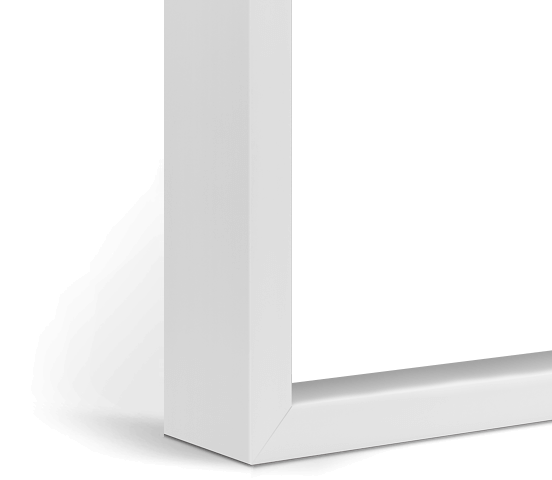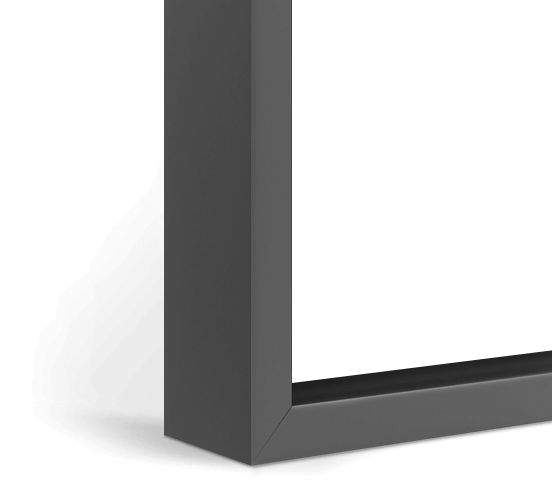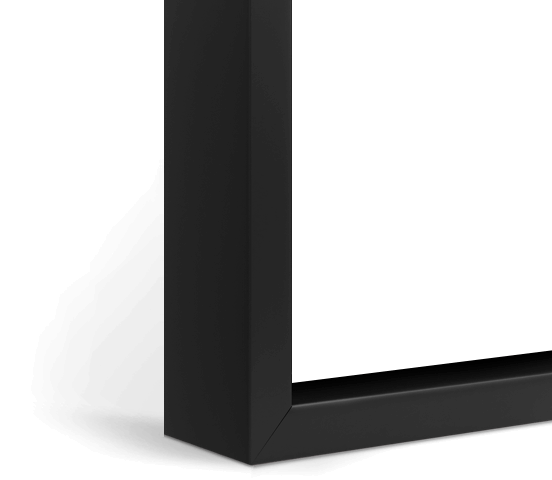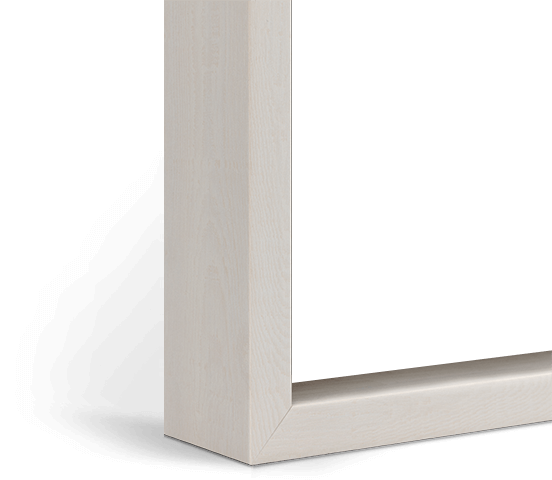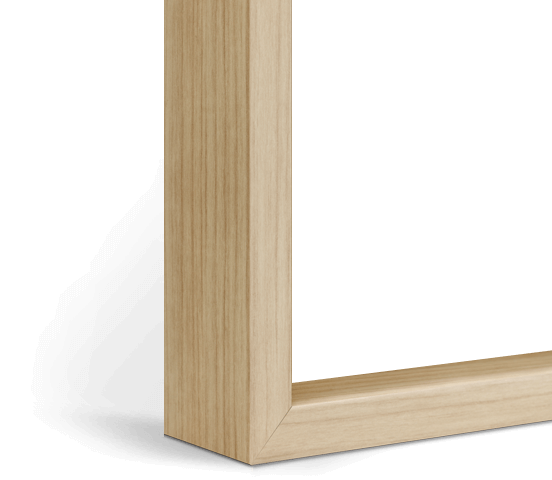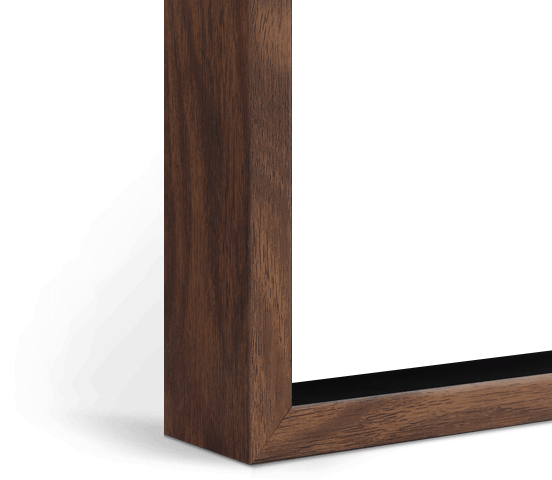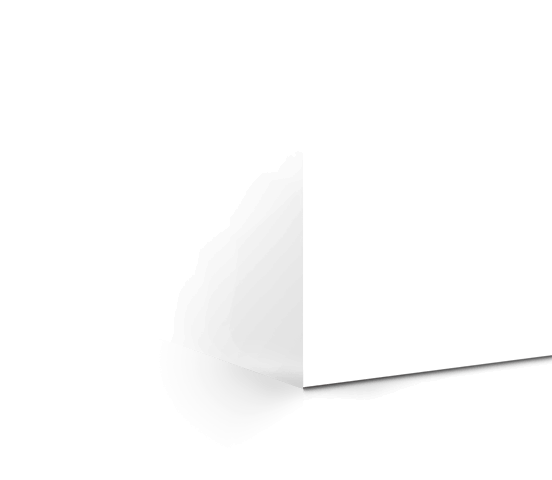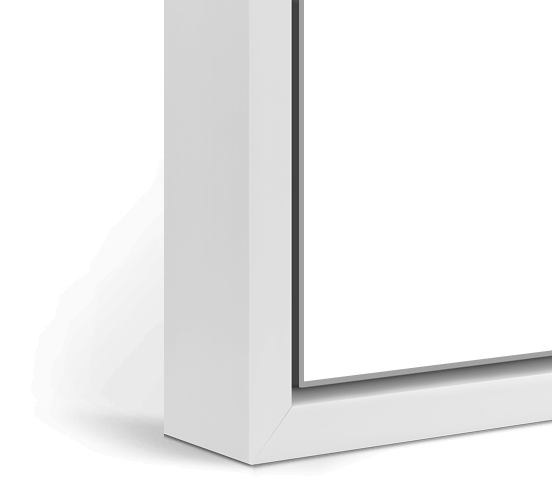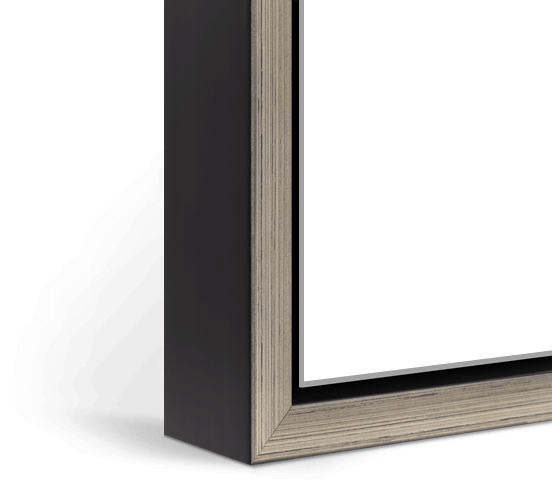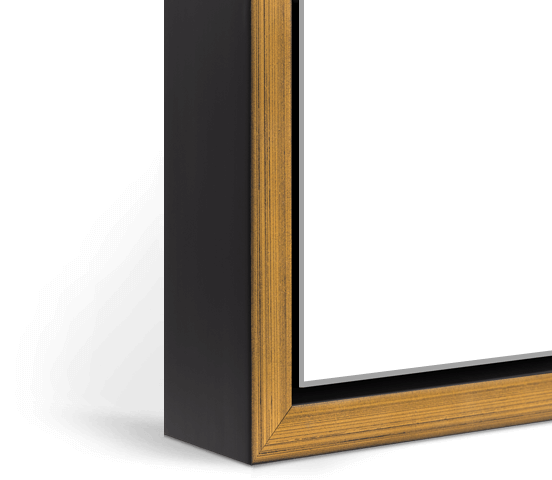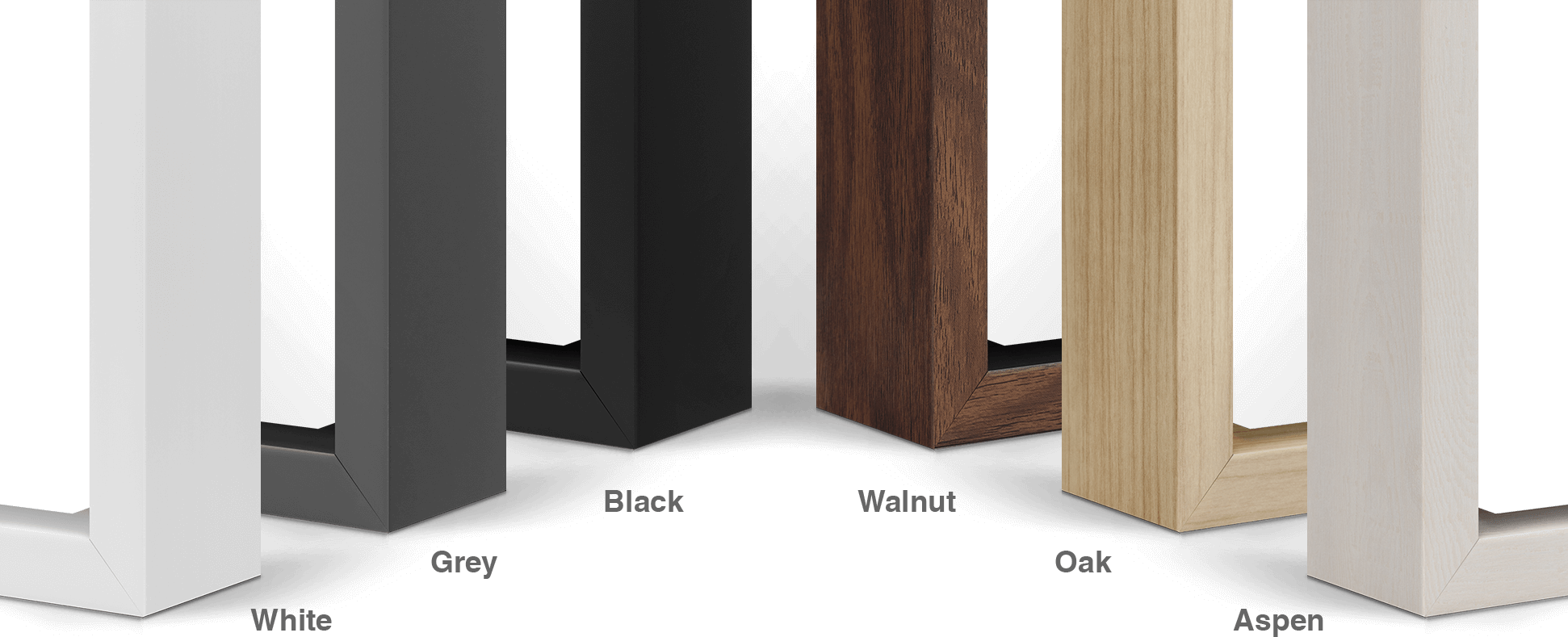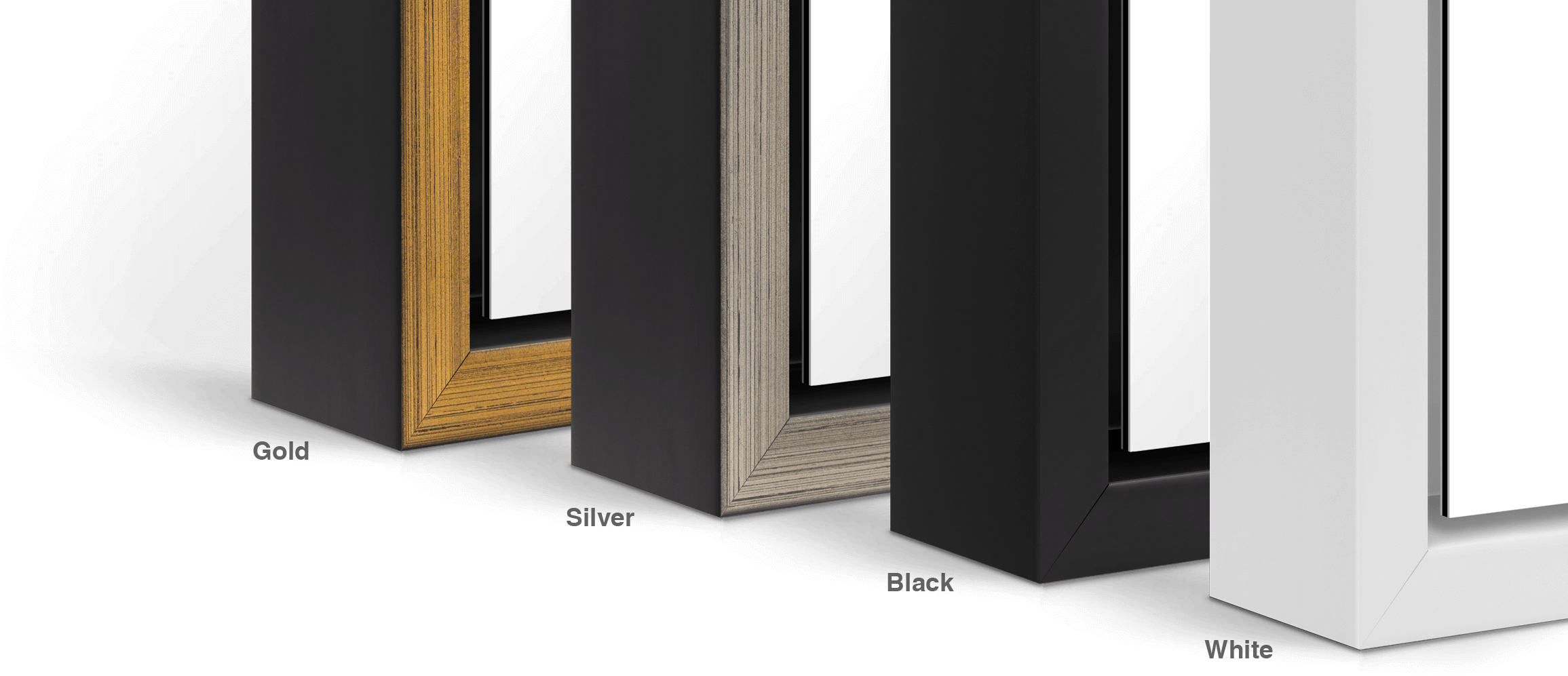
This photo is 1,800% higher resolution than a typical photo.
Scroll to learn more.
This
399 MEGAPIXEL
VAST photo is
PERFECTLY SHARP
even at very large print sizes.
FREE SHIPPING FOR LIMITED TIME

This photo is 1,800% higher resolution than a typical photo.
Scroll to learn more.
This photo is
1,800% higher resolution
than a typical photo.
Scroll to learn more.
399 MEGAPIXEL VAST PHOTO
Pic Saint-Loup, Valflaunès, l'Hérault, France
Between the Cévennes Mountains to the north and Montpellier to the south, Pic Saint-Loup (658 meters / 2,158 feet above sea level, left) and the neighboring Montagne de l’Hortus (right) rise majestically over the landscape in the Languedoc wine region of France. This beautiful, rugged landscape is quite dramatic with garrigue like scrubland dominated by these two distinctive peaks. Seeing this area in the changing light of dawn as the sun rises over the fruity vineyards leaves one yearning for sitting at a cafe in a nearby village sipping wine on a summer afternoon.
Languedoc is one of the most geologically diverse landscapes in France, and Pic Saint-Loup sits at the major transition zone of this geological diversity. The Pic’s climate is noticeably cooler than many other Languedoc wine growing regions because it is the point the coastal plain transitions to the higher, inland plateau. This combined with the local limestone soil allow grapes and, therefore, wines to retain higher levels of acidity and fruit freshness than those produced in the warmer areas of the Languedocian plains. There is also a range of different microclimates here, making it possible to produce different types of wines on the different facing slopes. The growers plant the sun-loving grapes for producing red wines on the south-facing slopes and the more temperate-loving varietals for producing white and rosé wines on the north-facing slopes. These advantages make Pic Saint-Loup a leading Languedoc wine region.
In this VAST image, I wanted to again show the link between the environment and human activity. The rows in the vineyards below lead to the slopes of the mountains above. It is this transition, this interaction between humans and geography, that is responsible for producing one of the world’s most beloved wines.
| Date & Time | September 24, 2019: 7:27am - 7:40am |
| Location | Pic Saint-Loup, Valflaunès, l'Hérault, France |
| Coordinates | 43.790638, 3.852206 |
| Focal Length | 45mm |
| Aperture | f/16 |
| Shutter | 1 sec, 4 sec |
| ISO | 100 |
| Num of Exposures | 18 |
VAST photos are the highest resolution photos ever made.
Learn more
Its resolution is 1,800% greater than a typical photo. Click on the boxes below to zoom in.
Our ready-to-hang canvas prints are created using a specialty printer that carefully lays pigment inks down onto archival-quality fine art canvas material. The canvas is then stretched around a 1.5-inch-deep wood support structure to provide depth and elegance. Our canvas material has a delightfully matte finish that looks spectacular in any lighting conditions while retaining maximum vibrancy and contrast. Click here to learn more.
Produced using a specialty, large-format fine art printer operating at 300ppi resolution—the gold standard for sharpness
Printed onto heavyweight, 100% acid-free fine art canvas to preserve color-accuracy and longevity
Created using materials and methods that exceed the rigorous technical standards required to achieve the prized "giclée" industry rating
Designed to meet the most demanding standards for color-permanence set by leading museums
Handmade by award-winning master printmakers with over 4 decades of experience
Optionally accompanied by your choice of elegant floater frame available in a variety of trims
A VAST Print™ represents the pinnacle of the photographic medium. Each print is a true photograph created specifically for you using light-sensitive paper exposed in a darkroom with the industry's highest precision exposure technique. Your print is then sealed with a shine-enhancing protective glossy coating*, adhered to a sturdy aluminum composite backing, and finished in one of two ready-to-hang formats:
*Note: a non-glossy, satin matte coating is alternatively available on request.
Laser-exposed at a truly unprecedented 610ppi resolution
Created using fine art paper with a specialty emulsion enabling unsurpassed micro-contrast, ultra-bright whites, and deep blacks
Printed with a chromogenic process that produces "continuous tones" of silky smooth color (other printers use noticeable dots of ink)
Sealed between an extra-thick, shine-enhancing protective coating and a sturdy aluminum composite backing for a sleek look
Award-winning product quality recognized industry-wide
Designed to meet the most demanding standards for color-permanence set by leading museums
Handmade by certified master printmakers with over 4 decades of experience
Hand-signed by the artist and accompanied by our digitally-enhanced, holographic certificate of authenticity
Optionally accompanied by your choice of elegant floater frame available in a variety of trims
Due to their record-setting resolutions, VAST photos are the most versatile images ever created, with the quality necessary to look great at any size and in any project. Purchasing one of our standard royalty-free licenses provides you with the digital file at your choice of resolution and a permit to use it for most types of projects. Click here to learn more.
For a premium license that gives exclusivity, glass-related use in North America, or use in merchandise for sale, contact us.
| Width | 37,437 px |
| Height | 10,661 px |
| Aspect Ratio | 3.51 : 1 |
| Date & Time | September 24, 2019: 7:27am - 7:40am |
| Location | Pic Saint-Loup, Valflaunès, l'Hérault, France |
| Coordinates | 43.790638, 3.852206 |
| Focal Length | 45mm |
| Aperture | f/16 |
| Shutter | 1 sec, 4 sec |
| ISO | 100 |
| Num of Exposures | 18 |
Here are some rough guidelines for this specific photo:

